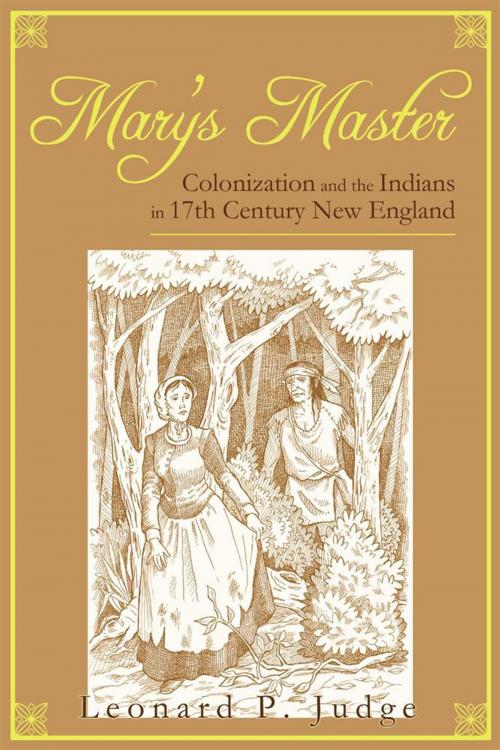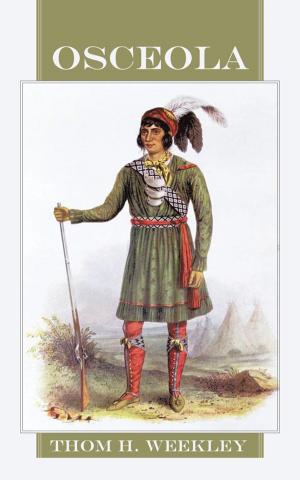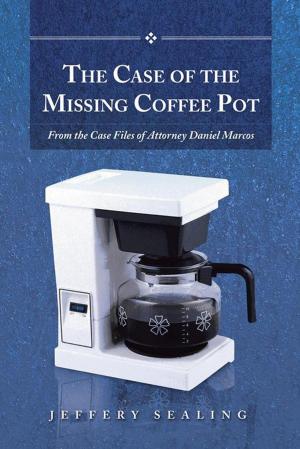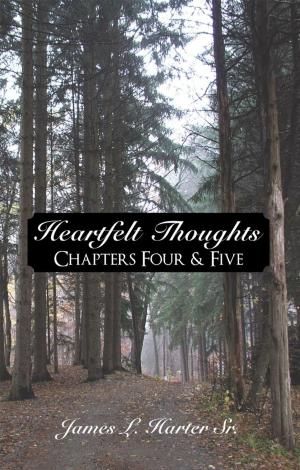Mary's Master
Colonization and the Indians in 17Th Century New England
Nonfiction, History, Americas, North America, Native American| Author: | Leonard P. Judge | ISBN: | 9781440188183 |
| Publisher: | iUniverse | Publication: | April 2, 2010 |
| Imprint: | iUniverse | Language: | English |
| Author: | Leonard P. Judge |
| ISBN: | 9781440188183 |
| Publisher: | iUniverse |
| Publication: | April 2, 2010 |
| Imprint: | iUniverse |
| Language: | English |
Marys Master provides observations and interpretations of the English colonization of the area presently known as southern New England. This is a critical review of some of the English writings and quotes regarding those interactions that were contemporary to the time that the English were colonizing the area. The major event that defined this time was King Philips War from 1675 through 1676 which resulted in the crushing defeat of the natives who lived in that part of New England.
The primary story in Marys Master centers upon the captivity of one of the English women during that war, Mary Rowlandson. Her narrative is considered to be the most widely read American captivity story ever written. The accounts of other English captives reveal behavior by the natives that shows humanity in great contrast with the savagery attributed to them by most contemporary writers. Mary Rowlandsons master is, Quanopin, a Narragansett sachem whom Mary admires despite all the anti-Indian rhetoric she has been exposed to by others. While their time together is brief, it is exceptional because she expresses an admiration for him not conveyed toward any other Indian, which was unusual for those times and still is today.
Marys Master provides observations and interpretations of the English colonization of the area presently known as southern New England. This is a critical review of some of the English writings and quotes regarding those interactions that were contemporary to the time that the English were colonizing the area. The major event that defined this time was King Philips War from 1675 through 1676 which resulted in the crushing defeat of the natives who lived in that part of New England.
The primary story in Marys Master centers upon the captivity of one of the English women during that war, Mary Rowlandson. Her narrative is considered to be the most widely read American captivity story ever written. The accounts of other English captives reveal behavior by the natives that shows humanity in great contrast with the savagery attributed to them by most contemporary writers. Mary Rowlandsons master is, Quanopin, a Narragansett sachem whom Mary admires despite all the anti-Indian rhetoric she has been exposed to by others. While their time together is brief, it is exceptional because she expresses an admiration for him not conveyed toward any other Indian, which was unusual for those times and still is today.















